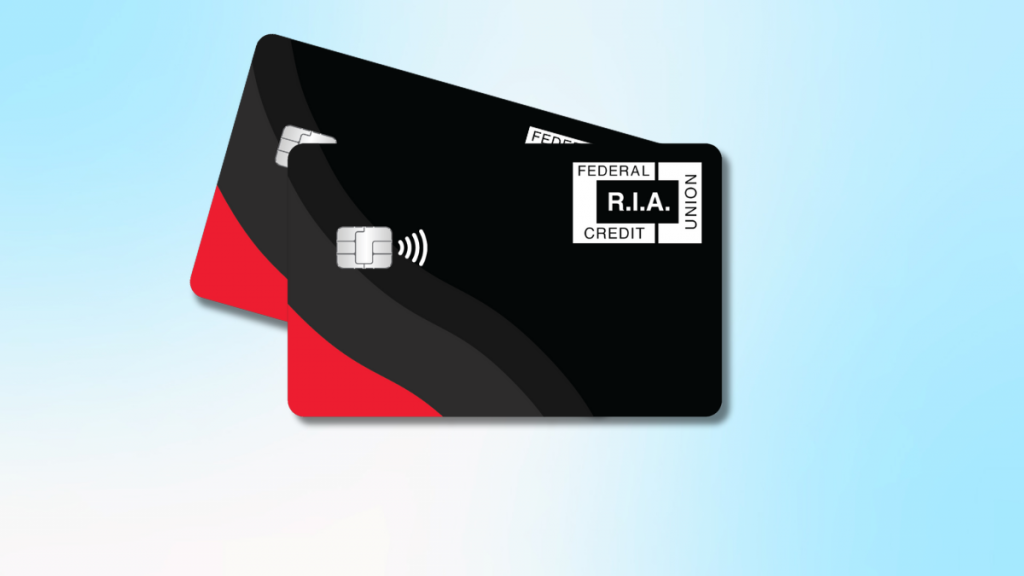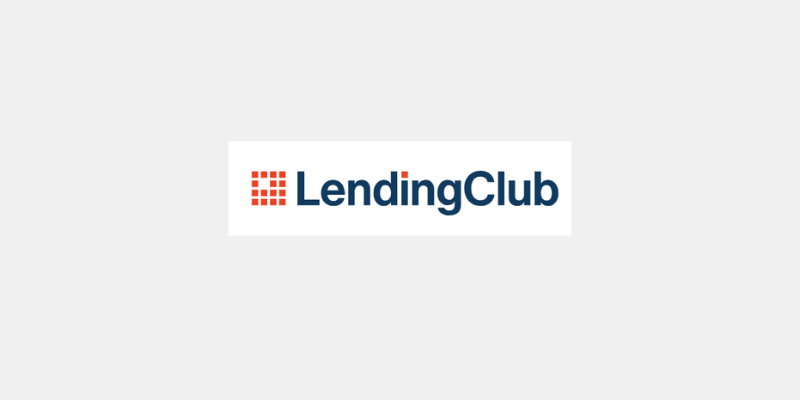Investing (US)
A 101 guide on how to do a lazy investing portfolio!
Is a lazy investing portfolio the right fit for you? Want to find out? Come read our 101 guide on lazy portfolios!
Find out why a lazy portfolio could be enough for your investing goals

When it comes to choosing where to invest your money, it is essential that you have a balanced portfolio. In fact, this is the key to achieving long-term success with your investments. So, if you are interested in diversifying your investment portfolio, check out the following tips. Find out how to do a lazy investing portfolio and which assets cannot be missing in your financial life as an investor.
When someone starts investing, they usually only know a few investment products and focus on one or two to create their portfolio. This is a great first step, but to be successful in this field over time it is necessary to build an investment portfolio that meets your needs.
The concept of investment portfolio is very relevant for those who are starting out in the world of profits. Moreover, there are other important topics, such as investment objectives and diversification of investments. If this still sounds strange to you, our 101 guide can definitely help. Our team has gathered here key information for those who wish to set up an easy-peasy investment portfolio, even if it is from scratch. Check it out!

Typical interest rates for certificates of deposit
A CD is a savings account with a higher interest. There are typically the CD and APY rates. Find out more about these terms below!
What defines a lazy portfolio?
First of all, a lazy portfolio is the ideal match for those who do not want to work too hard to reap the benefits of their investments. In other words, it is a balanced portfolio for lazy investors.
You will be redirected to another website
By submitting this form, I agree that I am 18+ years old and I agree to the Privacy Policy and Terms and Conditions. I also provide my signature giving express consent to receive marketing communications via automated emails, SMS or MMS text messages and other forms of communication regarding financial products such as credit card and loans. Message frequency varies and represents our good faith effort to reach you regarding your inquiry. Message and data rates may apply. Text HELP for help or text STOP to cancel. I understand that my consent to receive communications is not a condition of purchase and I may revoke my consent at any time.
Defining a balanced portfolio
A balanced portfolio, or a balanced investment portfolio, is when an investor has his or her money invested in different types of assets and of different asset classes. For example, the assets would be divided into real estate funds, stocks, and fixed income.
This diversification is important because investments are subject to a wide range of factors that can affect the profitability of your assets. These factors range from a country’s economic growth to the financial health of the company you bought shares from.
In addition, when you diversify your portfolio, you are also less exposed to risks because the money is not invested in a single product. Therefore, when fixed income is not yielding much, for example, real estate funds can offer a better financial return.
60/40 formula
Some experts recommend that, when choosing investment products, your money should be invested following the 60/40 formula. This means that 60% of your money would be invested in variable income, i.e., stocks, options, real estate investment funds. Meanwhile, the other 40% would be invested in fixed income. Some examples are bonds and CDs.
This guarantees you the possibility to risk a little, but at the same time, keeping a good part of your money in a safer investment, even with a low yield. However, for those who are entering the world of investments now, it is better to be cautious. The most recommended, in this case, would be to keep 60% of your assets in fixed income, and 40% in variable income.
This is what lazy portfolios are. The safer the investments in your portfolio, the lazier the portfolio is. Of course, this depends on your investor profile and whether you need financial return in the short, medium or long term.
Do lazy portfolios actually work?

Working with a lazy portfolio
This type of portfolio is designed to be easily handled. Basically, the idea is to set it and leave it there. First, to create a lazy portfolio you need to decide which investments to add. Remember: make it balanced. Afterward, choose the amount in percentage for the 60/40 formula.
Third, decide how often you want to invest. After the third step, you can even automate your investments monthly, quarterly, and so on. This makes your lazy portfolio even lazier. Despite being called lazy due to this reason, it is important that you, from time to time, review it so that it continues to be balanced. This way, it will keep up with your objectives and risk appetite.
A lazy portfolio can also follow an index strategy. That is, its focus will be to rely on index funds. The goal of this type of lazy portfolio is to keep up with the financial market and meet the performance of the underlying index.
Lazy portfolios require little effort to make it possible to have good investment results. Finally, this does not mean that they are not able to deliver above-average results.
A lazy portfolio pros and cons
Its purpose is to offer easy steps for investors who want to build wealth without the need to monitor their investments too often. That being said, this is its first advantage. Now, a second advantage would be that it is simple to set it up.
Index funds, for instance, offer good results in the long term. Not to mention that they tend to offer expense ratios that are lower in comparison with other funds. To summarize, the final pro is that they are less of a hassle for investors and less expensive to maintain.
Regarding the disadvantages, the first would be the underperformance. Therefore, you need to be conscious regarding your expectations. This way, you will know if lazy portfolios are the right fit for you. Because, in the end, if taking risks for the chance of reaping higher returns is more important to you, a lazy portfolio is not what you are looking for.
The different types of lazy investing portfolio: choose the best strategy for a beginner

Five types of lazy portfolios
If after reading this article you decided that a lazy portfolio is what you are looking for, it is time for us to study some types of lazy portfolios.
How do you pick the products for your 60/40 lazy investment portfolio? Well, it depends. You can choose only two funds. Or choose more, like five or six funds. However, be aware that many brokers only work with more than three funds. So, you might have to utilize a larger number of asset classes. Here are four classic examples of lazy portfolios.
- One-fund portfolios: Also called lifecycle or target date retirement funds. With one of these, it is possible to invest all of your money in the same target date fund. It will automatically rebalance the fund for you each year, based on your age. However, they have a higher cost and are part of a more conservative profile.
- Two-fund portfolios: These are perfect for the 60/40 formula. With these, the 60% are for the stock market index fund and the 40%, for the bond market index fund. However, they do not have any international exposure. Not to mention that their profile is more conservative than other lazy portfolios.
- Three-fund portfolios: As opposed to the 60/40 division, in a three-fund lazy portfolio, your investments are divided into thirds. They are pretty “hands-off.” However, they also increase the investor’s international exposure for diversification.
- Four-fund portfolio: If your broker does not work with a portfolio with less than four funds, you will probably start from here. Moreover, following the same logic as before, this will be the opposite of the 60/40 or the division into thirds. Yes, you will invest in four products. Each one in the amount of 25%: (1) large cap, (2) small cap, (3) total bond market, and (4) a European stock market index fund. Despite being more hands-on, sometimes they are the only option available.
- Five-fund portfolios: Shall we do the math? (30%) large cap, (30%) medium or small cap, (20%) international, (10%) bond, and (10%) real estate index fund. They offer more exposure in real estate compared to the other formulas.
Final words
Feeling more confident about which type of investment portfolio matches your profile? Do you think a lazy portfolio could work for you? Or do you prefer to take more risks in order to possibly earn more money? The truth is, you do not need to set one type of portfolio for the rest of your life.
If this is your beginning, start small and safe. Your confidence will grow with time.
And if you want to learn more about investments, check out our post below!

What is a Bear Market in economics and investing?
What is a Bear Market and why a bear from all animals? Is it possible to benefit from this scenario? Yes, it is. Come see how!
About the author / Thais Daou
Reviewed by / Aline Barbosa
Senior Editor
Trending Topics

10 best rewards credit cards: enjoy better benefits in 2022
Find out the best rewards cards in the U.S. so you can choose which fits your profile better! We have listed 10 to make your life easier!
Keep Reading
Discover it® Student Chrome credit card full review
No annual fee with a chance to build a credit score? Check the Discover it® Student Chrome credit card full review out! Read more.
Keep Reading
LightStream personal loan full review
In this LightStream personal loan review, we will show you how this loan works so you can decide if it fits your profile, needs and goals!
Keep ReadingYou may also like

R.I.A. Federal Credit Union Mastercard® Rewards Card: apply today
Unlock the potential of shopping with the R.I.A. Federal Credit Union Mastercard® Rewards Card! Apply today and start saving big!
Keep Reading
LendingClub Personal Loans review: how does it work and is it good?
Are you in need of a great loan to help your finances? If so, read our LendingClub Personal Loans review to learn more about this option!
Keep Reading
Best student loans for bad credit: learn the easiest to get!
You will be carrying your student loan with you for a good number of years. So before making your decision, let us help you get informed. Check out this review for the best student loans for bad credit!
Keep Reading